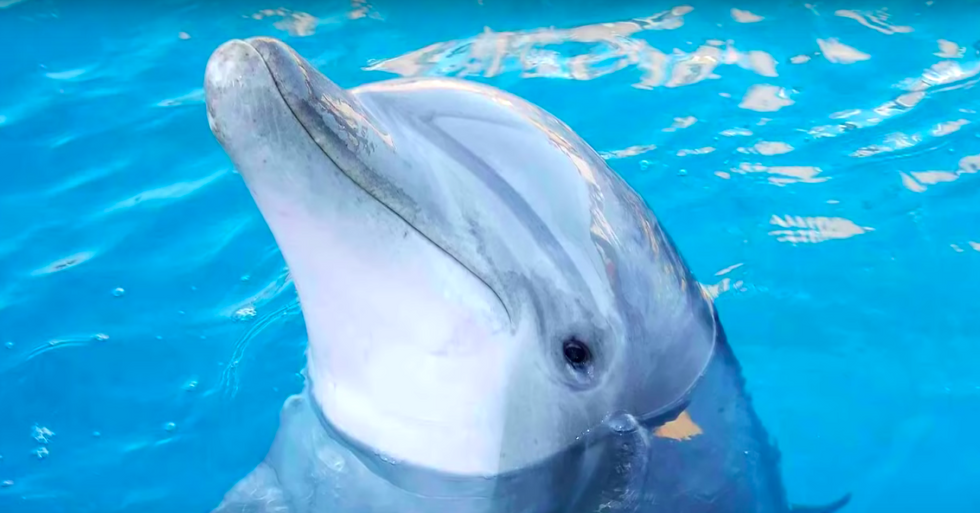Seeing dolphins in the Chesapeake Bay isn't necessarily unheard of. In fact, documentation exists saying that dolphins have been migrating to the more southern parts of the Chesapeake since the early 1800s. It was around the 2000s that dolphin sightings began to lower.
But in the last five years, dolphin sightings have grown, leaving scientists everywhere wondering:
What is bringing the dolphins back to the bay?
Many believe that the dolphins originally left due to severe ecological issues caused by pollution. Because of the developments made in recent years to cut down on pollution's harmful effects, the water in the Chesapeake has become cleaner and more fish are inhabiting the area. All of this has led to the huge influx of dolphins into the Chesapeake. Overall, most scientists agree that the dolphins returning to the Bay is a sign that this body of water's health is greatly improving.
In the Chesapeake Bay, dolphins are at the top of the food chain. Because of this, all the toxins from the surrounding environment pile up inside of their bodies, making dolphins highly susceptible to health problems brought on by pollution. That said, if a pollution issue occurs, the dolphins will simply leave until they decide the problem has been resolved.
Back in the day, dolphin sightings were a common thing in the Chesapeake. But as pollution began to take over, the dolphin sightings became more and more scarce. But in recent years, people living along the Bay have noticed more and more dolphins coming around in summer months. If dolphins are seen in the Chesapeake, then scientists see that as proof that pollution has gone down.
The population of marine life in the Chesapeake Bay has steadily gone up over the last five years. Because of this increase, it's no surprise that more predators are coming into the Chesapeake to feed on the growing population of fish and blue crab. Dolphins are a carnivorous species that feed on fish such as croaker and rockfish, two species that are in large supply in the Chesapeake. Since the fish population has increased, some scientists have connected these two dots and believe that the rise in the marine life population is what is attracting the dolphins.
Another factor is the change in water. More specifically, the nitrogen and phosphorus levels in the water. While having a lot of nutrients in the water may sound positive, there is such a thing as too many nutrients. And for a while, that is exactly what was happening. Runoff from farms, cities, and suburban areas had caused the nitrogen and phosphorus levels to reach dangerous heights, causing harm to not only the dolphins but also to the fish that live in the waters year-round. In recent years, action has been taken to reduce the number of nutrients in the water, making it safe for marine life to live in the area. Because of the steps taken to prevent water pollution, the dolphins once again feel at home in the Chesapeake Bay.
As humans, it is our responsibility to keep the Chesapeake Bay as healthy as possible. If we want to keep the bay alive and well for dolphins, more action needs to be taken to prevent runoff from agricultural farms and plants from getting into the bay and polluting the water. So much progress has already been made since Obama's executive order back in 2009 that made the Chesapeake Bay a national treasure. As long as we don't fall back into our old habits and allow the bay to become increasingly polluted, dolphins will live in the bay for generations to come.




 Energetic dance performance under the spotlight.
Energetic dance performance under the spotlight. Taylor Swift in a purple coat, captivating the crowd on stage.
Taylor Swift in a purple coat, captivating the crowd on stage. Taylor Swift shines on stage in a sparkling outfit and boots.
Taylor Swift shines on stage in a sparkling outfit and boots. Taylor Swift and Phoebe Bridgers sharing a joyful duet on stage.
Taylor Swift and Phoebe Bridgers sharing a joyful duet on stage.













